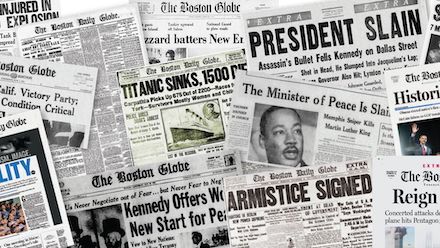 Today, The Boston Globe celebrates 150 years. The first edition was published on March 4, 1872, and to mark the occasion, the Globe published a special section in print and online, looking back on the 15 decades of coverage and historical moments from their archives.
Today, The Boston Globe celebrates 150 years. The first edition was published on March 4, 1872, and to mark the occasion, the Globe published a special section in print and online, looking back on the 15 decades of coverage and historical moments from their archives.
Included is a note from Linda Henry, CEO, Boston Globe Media, and John Henry, Publisher, Boston Globe Media, thanking the community for their readership and support.
“We joined the Globe in 2013 because we value this community and are invested in the future of Boston. We know that strong local journalism provides in-depth coverage, analysis, and perspective on issues that are critical to the future of a region. We believe that New England thrives with a more healthy, vibrant Globe.”
There is also a note from Globe Editor Brian McGrory recognizing the 250 or so staffers in the Globe’s newsroom and on the editorial pages, “everyone good at something different.”
Boston Mayor Michelle Wu congratulated the Globe on its 150th anniversary by naming March 4 ‘Boston Globe Day’.
There are many resources included in the special section including 150 of the Globe’s most significant front pages from the archives, and an article highlighting 38 big stories from 150 years of Boston Globe coverage.
Access the section at: https://www.bostonglobe.com/special-projects/globe-150/
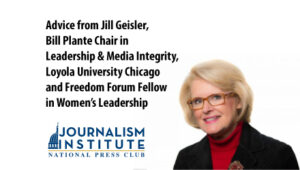 Sage advice about how to ‘re-onboard’ teams as they return to newsroom offices from Jill Geisler, Bill Plante Chair in Leadership & Media Integrity, Loyola University Chicago, and Freedom Forum Fellow in Women’s Leadership.
Sage advice about how to ‘re-onboard’ teams as they return to newsroom offices from Jill Geisler, Bill Plante Chair in Leadership & Media Integrity, Loyola University Chicago, and Freedom Forum Fellow in Women’s Leadership.
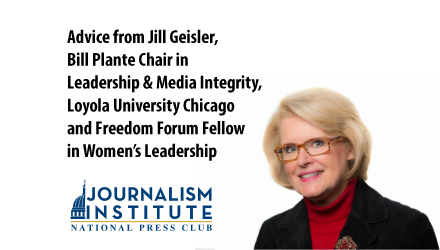

 In a recent
In a recent 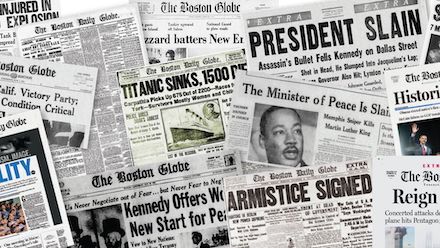
 Today, The Boston Globe celebrates 150 years. The first edition was published on March 4, 1872, and to mark the occasion, the Globe published a special section in print and online, looking back on the 15 decades of coverage and historical moments from their archives.
Today, The Boston Globe celebrates 150 years. The first edition was published on March 4, 1872, and to mark the occasion, the Globe published a special section in print and online, looking back on the 15 decades of coverage and historical moments from their archives.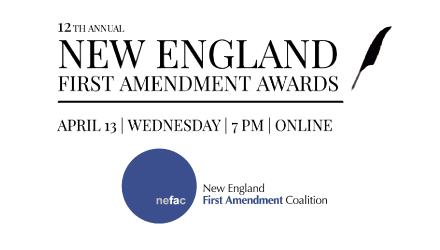
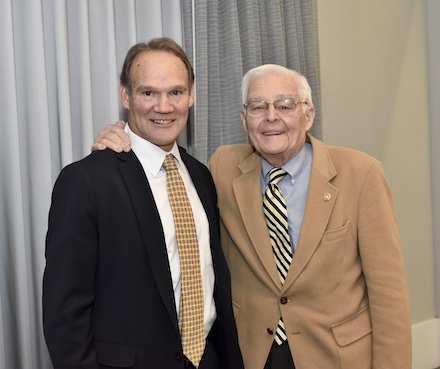
 An in-depth article,
An in-depth article, 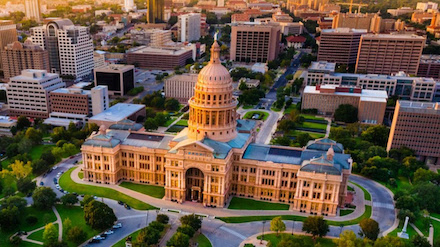
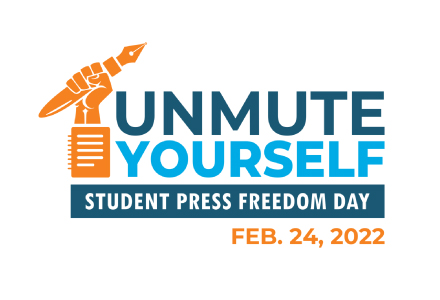
 During 45 years at The Providence Journal, Carol rose from small-town bureau reporter to statewide education reporter, and eventually to deputy executive editor – second in charge of the news department. She was a leader of the Providence Newspaper Guild during a time of labor strife, before becoming the first woman to join the Journal’s management team in 1979. She was a guiding force behind the newspaper’s intern program, serving as a mentor for many who would go on to careers at The Journal and at other publications around the nation. Since retirement, Carol has remained extremely active in the Rhode Island community. She is chairwoman of the board of directors at Inspiring Minds, which provides tutors and mentors for students in the Providence public schools. She is also a member of the advisory council to the president of the University of Rhode Island; and an active volunteer with Leadership Rhode Island, which named her one of the state’s “inspiring leaders’ in 2018.
During 45 years at The Providence Journal, Carol rose from small-town bureau reporter to statewide education reporter, and eventually to deputy executive editor – second in charge of the news department. She was a leader of the Providence Newspaper Guild during a time of labor strife, before becoming the first woman to join the Journal’s management team in 1979. She was a guiding force behind the newspaper’s intern program, serving as a mentor for many who would go on to careers at The Journal and at other publications around the nation. Since retirement, Carol has remained extremely active in the Rhode Island community. She is chairwoman of the board of directors at Inspiring Minds, which provides tutors and mentors for students in the Providence public schools. She is also a member of the advisory council to the president of the University of Rhode Island; and an active volunteer with Leadership Rhode Island, which named her one of the state’s “inspiring leaders’ in 2018. Julia Wells has devoted her entire professional career to covering her Island community. After moving to Martha’s Vineyard fresh out of Wells College, she joined the New Bedford Standard Times’ two-person bureau in 1973, then worked for the Cape Cod Times when that newspaper eclipsed the Standard Times as the Vineyard’s preferred mainland paper. In 1984, she joined the Vineyard Gazette, where she served as senior reporter for many years before being named editor in 2004. Over more than four decades, Julia has chronicled the Vineyard’s evolution from a quiet backwater where artists and writers mixed easily with farmers and fishermen to an elite resort and vacation getaway for Presidents Clinton and Obama. A fearless reporter, graceful writer and skillful editor, Julia is also a demanding leader who holds herself as much as her staff to the highest standards. A guardian of the public’s right to know and a mentor to many young journalists, Julia Wells is a shining example of a consummate news professional.
Julia Wells has devoted her entire professional career to covering her Island community. After moving to Martha’s Vineyard fresh out of Wells College, she joined the New Bedford Standard Times’ two-person bureau in 1973, then worked for the Cape Cod Times when that newspaper eclipsed the Standard Times as the Vineyard’s preferred mainland paper. In 1984, she joined the Vineyard Gazette, where she served as senior reporter for many years before being named editor in 2004. Over more than four decades, Julia has chronicled the Vineyard’s evolution from a quiet backwater where artists and writers mixed easily with farmers and fishermen to an elite resort and vacation getaway for Presidents Clinton and Obama. A fearless reporter, graceful writer and skillful editor, Julia is also a demanding leader who holds herself as much as her staff to the highest standards. A guardian of the public’s right to know and a mentor to many young journalists, Julia Wells is a shining example of a consummate news professional.
Recognizing the importance of open government during Sunshine Week March 13-19
Sunshine Week was launched in 2005 by the American Society of News Editors, now the News Leaders Association.
In 2022, Sunshine Week is March 13-19. We invite you to hold our government leaders and agencies accountable by running an editorial on the importance of open government.
NENPA is working with the New England First Amendment Coalition (NEFAC) on this initiative. On March 7 we will distribute an editorial in support of Sunshine Week, written by NEFAC Executive Director Justin Silverman.
Please join us in raising our collective voice for transparency and access to public information, and what it means for your readers and community, by either publishing the editorial during Sunshine Week, March 13-19, or writing your own editorial.
Let us know that you’ll be participating, and we’ll collect all editorials submitted and feature them in our eBulletin at the end of the month.
Yes We Will Participate